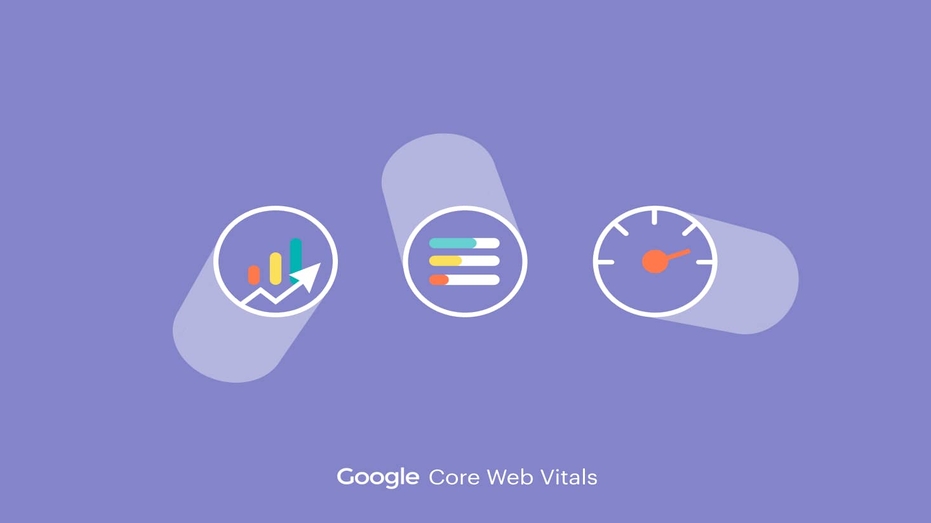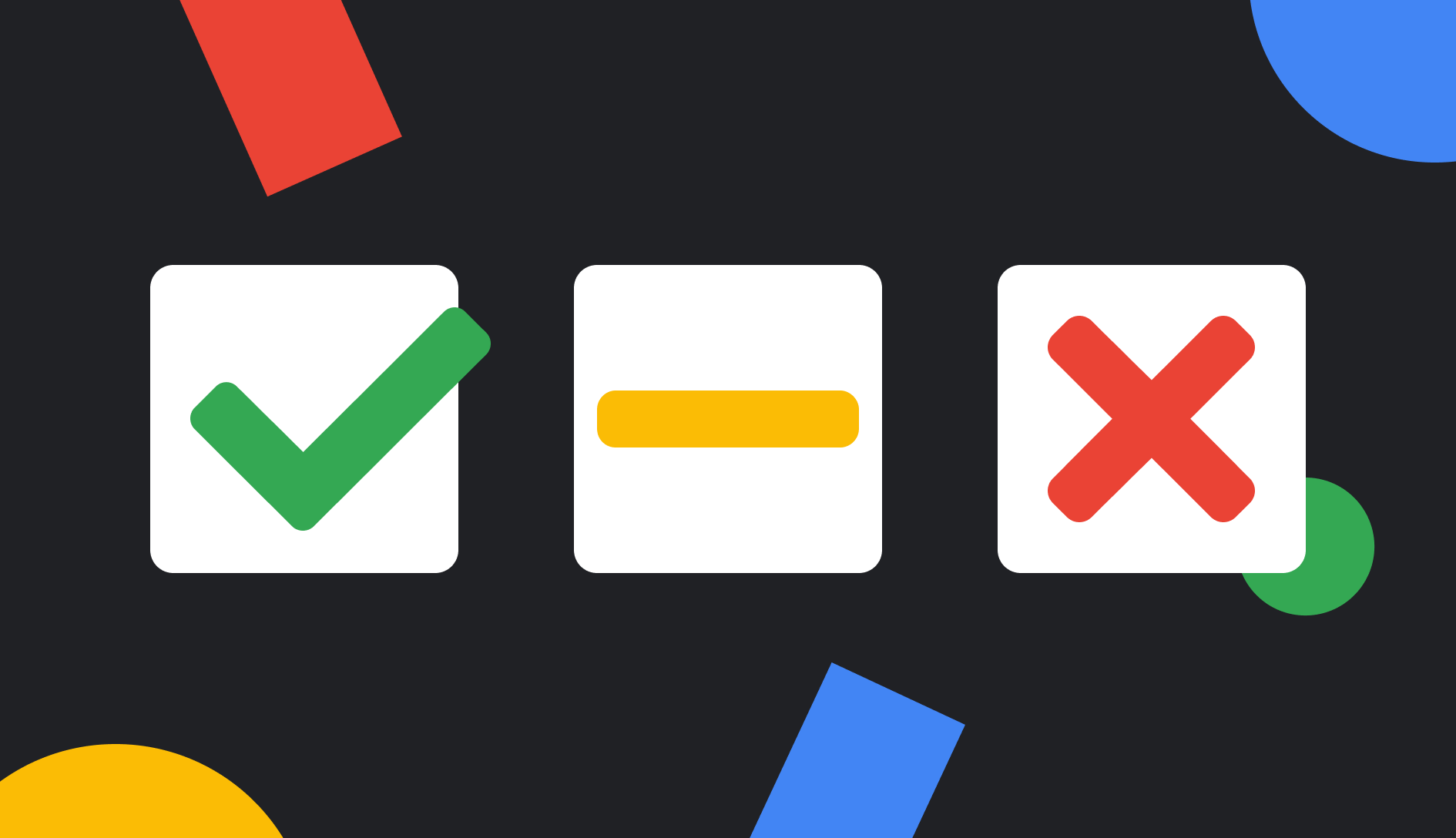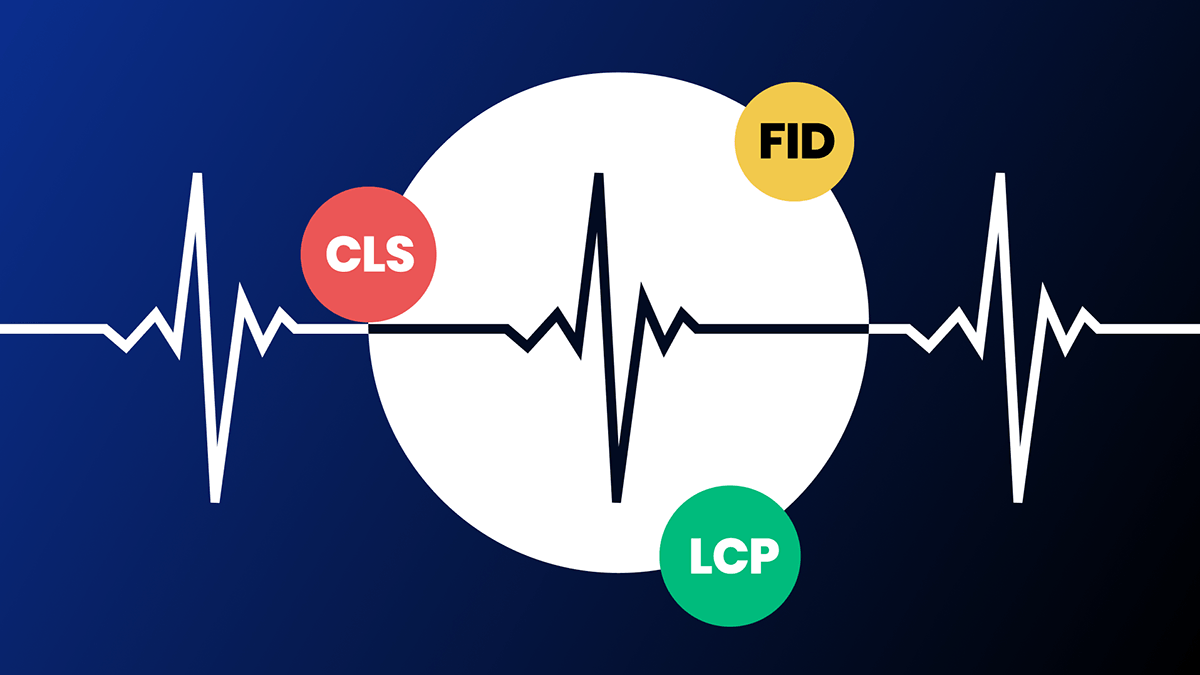
We have already touched upon FID in our previous blog. In this one we would like to outline the relation between FID and similar metrics to the entire concept of Core web vitals together.
According to Fastcomet if you google "core web vitals" you will find out that the term had not been used until the summer of 2021. The hype has quickly manifested around it and people nowadays keep constantly searching for new information about it. The reason being Google announcing that it would play an important role in terms of how your website ranks.
When Google first began talking about the changes they outlined the fact that they would not be in effect until the following year. They gave online users their words that they would warn us 6 months before the fact and, in the end, they did keep their word in the November of 2020.
Google CWV offer us very detailed guidelines in order to make the UX as pleasurable and smooth as possible. CWV are standardized metrics from Google to help developers understand how users engage with their websites.
Despite Google mainly intending these recommendations for developers, the actual owners of the websites could very well benefit from them, considering the fact that CVW divides UX into more digestible parts that have evaluative criteria.
In 2020 (November) Google announced on Twitter that it would start implementing CVW in order to gauge ranking from May of the upcoming year.
CVW explain how UX is shaped by its different parts. For example: website loading stability, ease of interaction, visual stability - all from the perspective of the user.
All these metrics offer differing types of insights with regards to how a user is experiencing the website. Naturally, developers should, in the end, view UX from a more holistic standpoint. However, in order to get there they first have to start taking into account all the smaller details, the quality of which is not up to par.
Make note of the fact that these metrics are not the be all end all when it comes to UX. But you can connect the web between the metrics in order to make troubleshooting more effective and methodological.
The most important and crucial metrics of CWV are the following:
FID - First Input Delay, tells us how fast a website responds to the information the user has input. In this instance the server side is quite important. Depending on the location and the specs of the physical server, whether it has any problems with downtime or not, the FID indicator might vary.
LCP - Largest Contentful Paint, tries to provide a number with regards to how fast the core of the website is considered loaded. This directly depends on how many fundamental elements are visible or otherwise present at this time or another. LCP is one of the most vital components when it comes to the functional part of the website. If your LCP indicator is too low you are going to struggle with attracting visitors and keeping them on your site. The baseline to aim for is 2.5 seconds or less.
CLS - Cumulative Layout Shift, measures how much of the website shifts once it is loaded. Too many changes cause users to get annoyed or confused. The more simple and organized the manner in which the website is presented at this stage - the better.